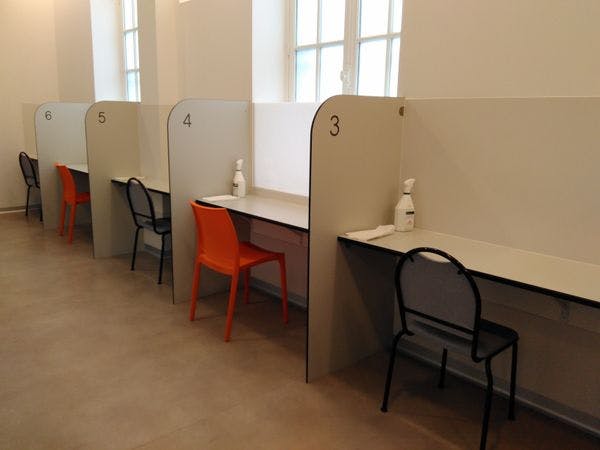Flickr CC FEDITO BXL asbl
When harm reduction expansion stifles activism: A lesson from Europe
By Tessie Castillo
For six weeks this summer I had the extraordinary opportunity to visit harm reduction programs all over Western Europe. In Belgium I toured a safe consumption site where people smoke and inject drugs under medical supervision. In Switzerland I explored Geneva, where physicians prescribe heroin to mitigate the dangers of unregulated street drugs. In Amsterdam I stopped by the drug user union credited with launching the world’s first official syringe exchange program.
Coming from North Carolina, where harm reduction programs have barely begun to take root, I considered the European tour akin to visiting the motherland. Finally I would see “real” harm reduction programs, evolved after decades of fine-tuning. But Europe also showed me something I hadn’t expected.
Every program I visited was clean and medical, government-funded and seamlessly integrated into public health policy. But to my surprise, I saw little evidence of drug user-led activism. The edgy, scrappy side of harm reduction—that agitation for change so visible in the United States—seemed absent.
In Western Europe “everything has been professionalized, so the basic idea of harm reduction has faded away,” said Katrin Schiffer of Correlation European Harm Reduction Network, whom I interviewed at her office in Amsterdam. “Even the people who work in harm reduction have trouble explaining what it is.”
At first I wondered if these programs had always lacked an active drug user component. But after interviewing experts in several countries and researching the history of European harm reduction, I found that drug user-led activism was critical to launching the programs that exist today.
Topics
Regions
Related Profiles
- Filter Mag
